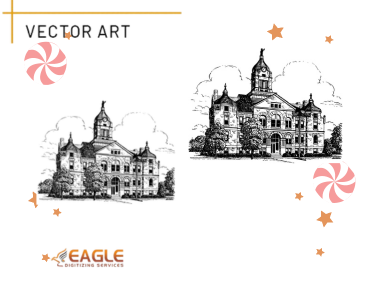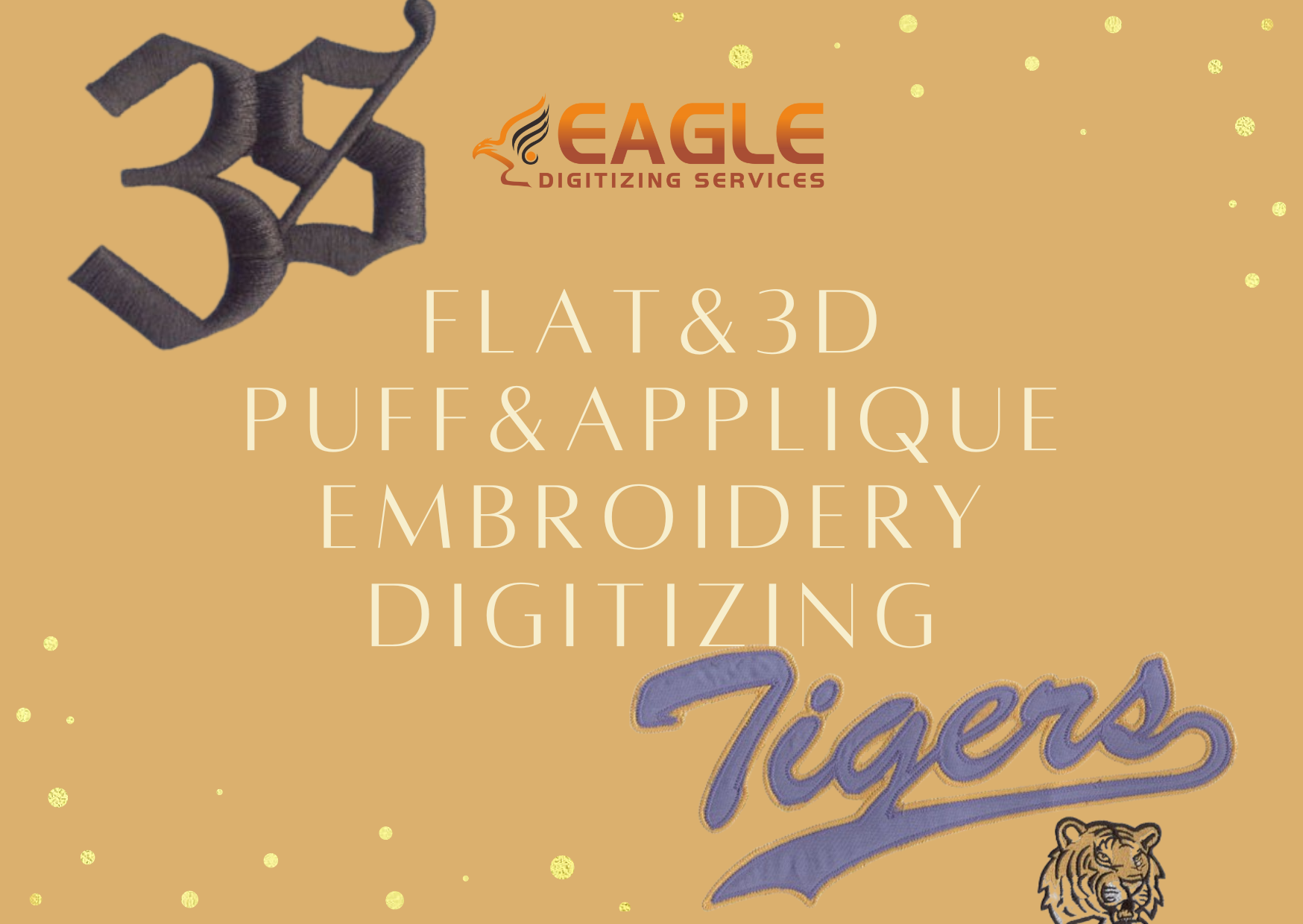Mastering the Art of Vector Conversion: A Comprehensive Guide
Vector conversion is an essential process in today's digital landscape, where scalability and clarity of graphics are paramount. Whether you're aiming to enhance a logo, create a design for a t-shirt, or prepare graphics for large-scale printing, understanding how to convert images into vector format is critical. The process of converting raster images to vectors can be daunting, but with the right tools and techniques, it can become a seamless part of your creative workflow.
One of the leading names in the industry, Eagle Digitizing, offers exceptional vector art services online, providing high-quality vector graphics that maintain the essence of the original artwork. They are renowned for their quick turnaround times and professional output.
Understanding Raster and Vector Graphics
Before diving into the vectorization process, it's crucial to distinguish between raster and vector graphics. Raster images are pixel-based and become pixelated when resized beyond their native dimensions. Examples include JPEGs and PNGs. In contrast, vector graphics are made using mathematical equations to ensure that they remain crisp and clear at any size. Formats like SVG and AI are typical for vectors.
Step-by-Step Vector Conversion Process
Converting a raster image to a vector typically involves several key steps:
1. Choose the Right Software
The first step to vectorizing an image is selecting the appropriate software. Popular choices include Adobe Illustrator, Corel Draw, and other vector editing tools, each of which offers powerful features for precise vector conversion.
2. Image Tracing
The core of vector conversion is image tracing, where the software analyzes the raster image and creates vector paths. Programs allow you to adjust settings to refine these paths for higher accuracy. This step is crucial, especially for intricate designs where detail preservation is necessary.
Eagle Digitizing employs advanced software to ensure their vectorizing services yield the highest quality results, transforming your image into a perfectly scalable vector.
3. Fine-Tuning and Editing
Once the initial tracing is completed, further refinement is often necessary. This may involve editing nodes, adjusting curves, or cleaning up unnecessary elements to optimize the graphic for its intended use. This stage allows for creative flexibility, enabling designers to enhance or modify the design as needed.
4. Saving and Exporting
The final step in the vector conversion process is saving the vector in the appropriate format for its intended application. Common vector formats include AI, SVG, and EPS. Each format has its strengths, depending on the use case, whether for printing, web design, or digital display.
To delve deeper into understanding these formats and their applications, consider exploring resources like Vector Art Conversion that offer comprehensive guides and services.
Applications of Vector Graphics
The versatility of vector graphics makes them invaluable across a multitude of industries. Businesses can use vectors for branding, commercial printing, product design, and much more. For those seeking professional results, partnering with a company like Eagle Digitizing, known for their precision and attention to detail, can offer a significant advantage. They provide affordable digitizing vector services suitable for a range of needs, from small businesses to large enterprises.
Challenges in Vector Conversion
While vector conversion offers numerous benefits, it can also present challenges. For instance, intricate details may be lost if not traced carefully, and color matching can be a concern when converting complex images. Awareness of these potential pitfalls is necessary for achieving the desired results. Professional services often mitigate these issues, offering enhanced conversion precision and quality control.
Future Trends in Vector Graphics
As digital technology continues to evolve, so does the potential for vector graphics. Automation and AI are starting to impact how images are vectorized, allowing for faster and more precise conversions. Staying informed about these trends and adopting emerging technologies can keep designers at the forefront of design innovation.
In anticipation of these changes, consider exploring how vector graphic processes might evolve to meet increasing demands for speed and precision, potentially reshaping industries from marketing to industrial design.


